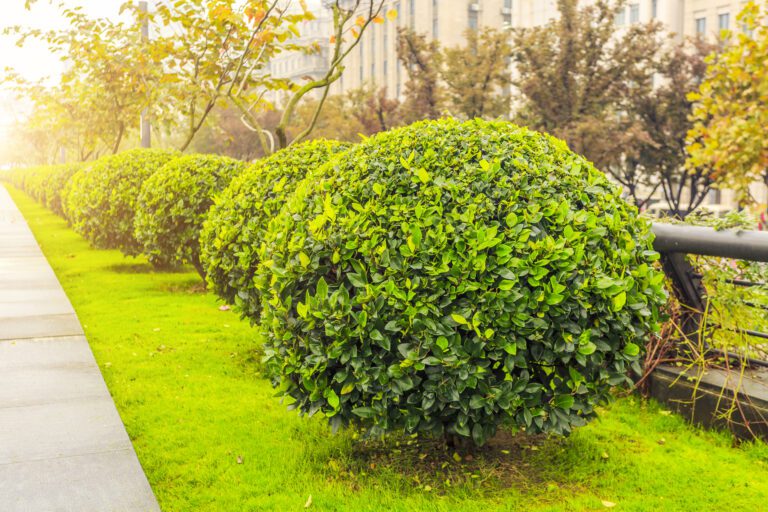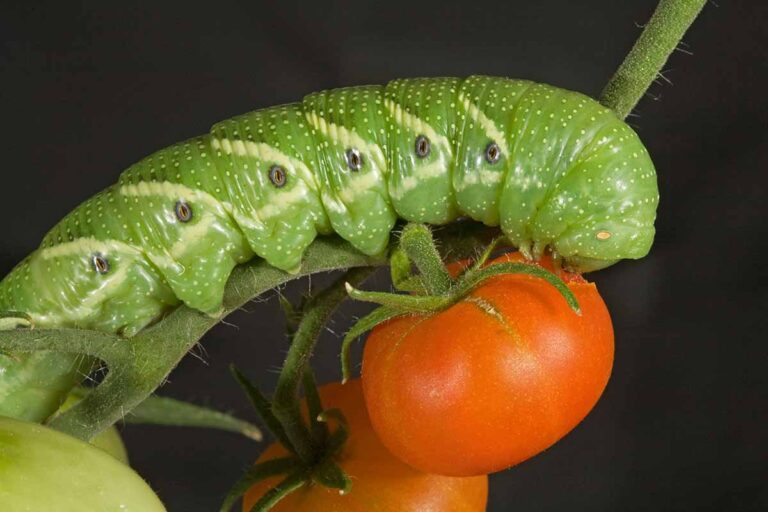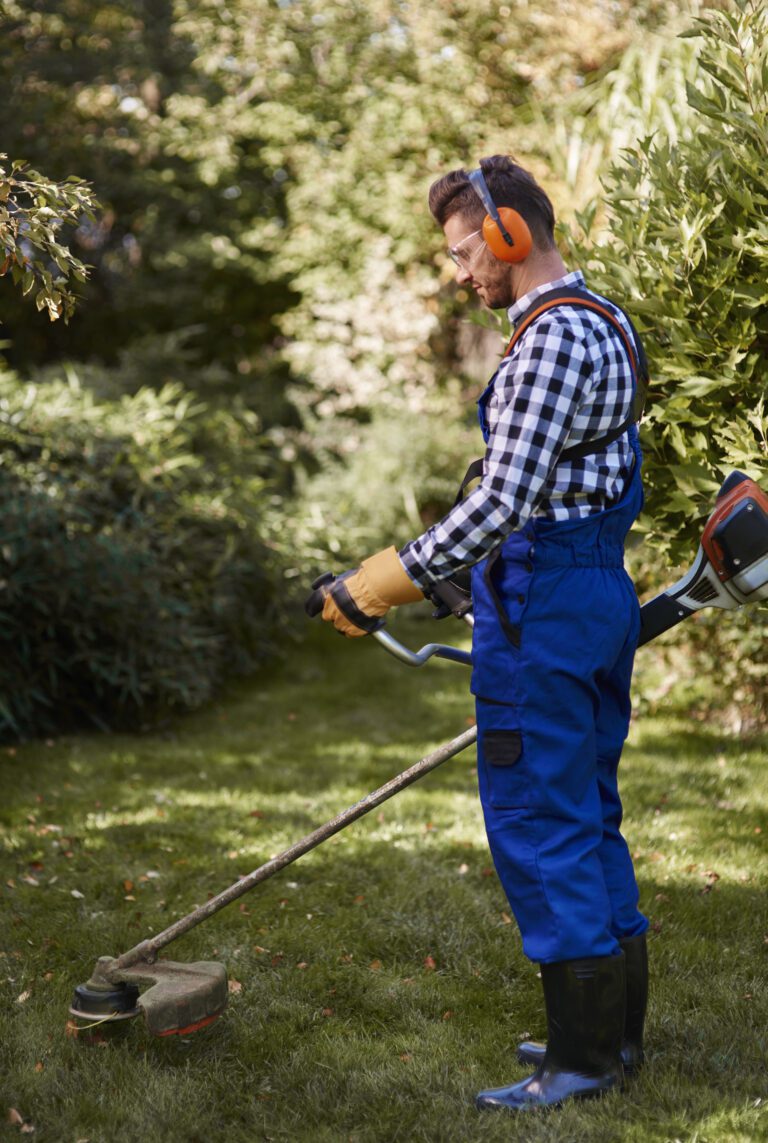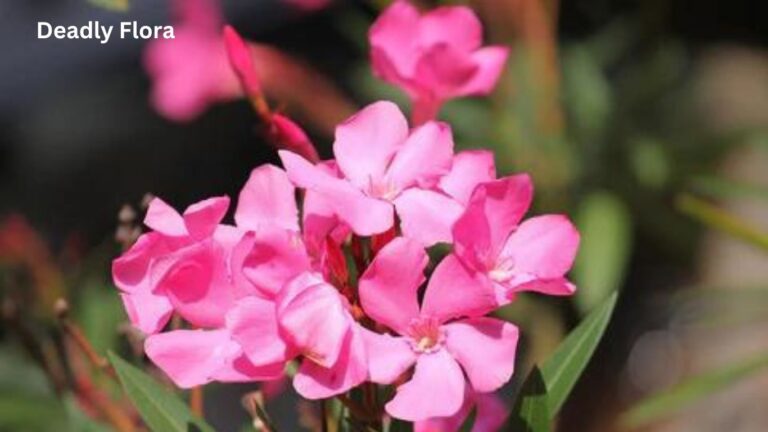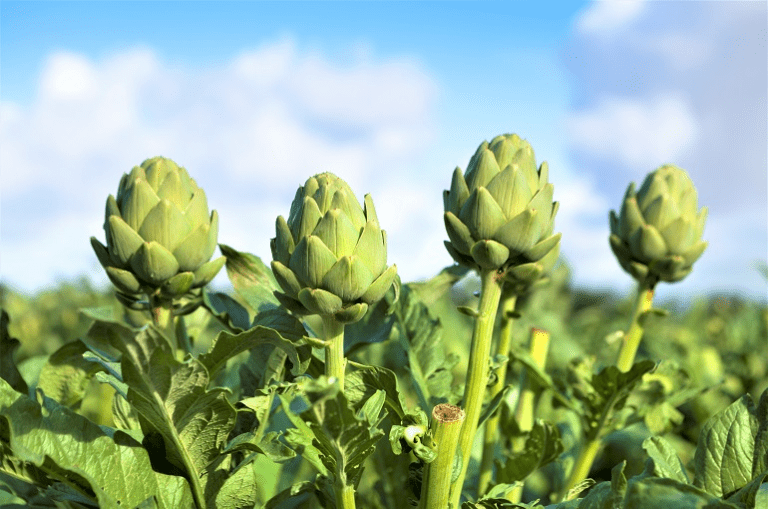Native Plant Gardening: 15 Reasons to Embrace Your Best Flora
Table of Contents
Why Local Flora Matters for the Environment
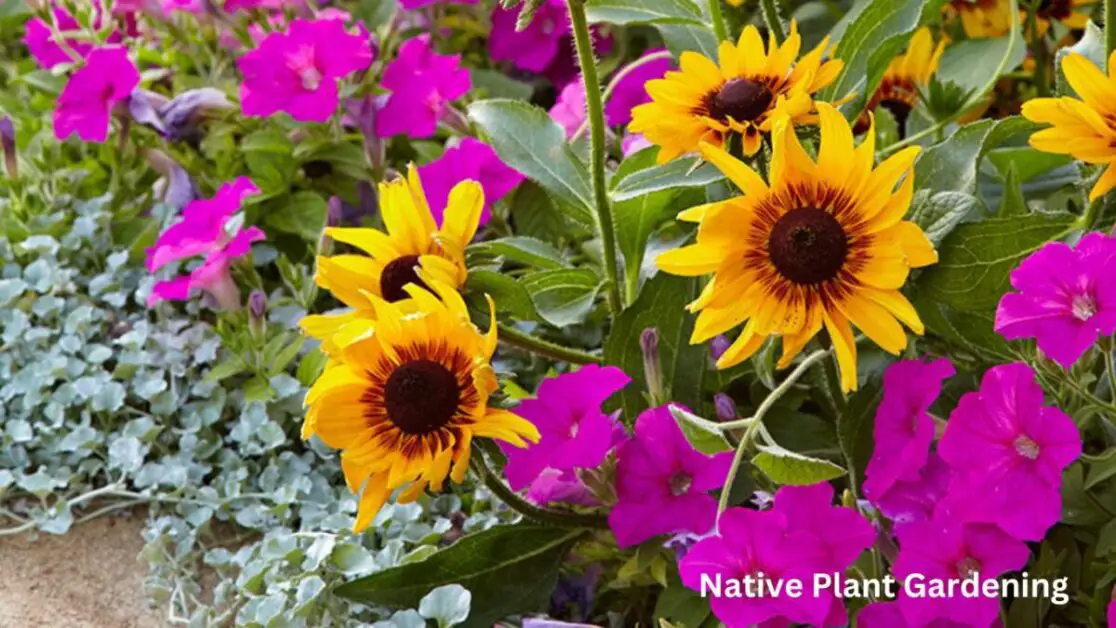
Native plants play a crucial role in maintaining a balanced ecosystem by providing food and shelter for local wildlife. They have evolved along with the other elements of their environment, forming complex relationships that support the overall health and biodiversity of the ecosystem. By incorporating native flora into our surroundings, we are not only preserving the natural beauty of the region, but also promoting a sustainable environment that benefits both plants and animals.
Additionally, local flora can help to improve air and water quality, reduce soil erosion, and enhance the overall resilience of the ecosystem to environmental changes. Their deep root systems can help prevent soil erosion and improve water filtration, while their ability to sequester carbon from the atmosphere can contribute to climate change mitigation efforts. Supporting native flora in our gardens and landscapes is a powerful way to contribute to the health and sustainability of our environment.
The Importance of Supporting Biodiversity in Your Garden
Supporting biodiversity in your garden is crucial for creating a healthy and sustainable ecosystem right in your own backyard. By planting a variety of plants, you can attract a diverse range of insects, birds, and other wildlife that play essential roles in pollination, pest control, and seed dispersal. This interdependence among different species helps maintain the balance of natural processes, leading to a more resilient and thriving garden environment.
Furthermore, cultivating a biodiverse garden not only benefits the local ecosystem but also enriches your gardening experience. Observing the intricate interactions between different plant and animal species can provide valuable insights into the intricate web of life, fostering a deeper appreciation for the world around us. Embracing biodiversity in your garden can offer a sense of connection to nature and a greater understanding of the importance of preserving and supporting the delicate balance of our environment.
How Local Plants Can Thrive in Your Local Climate
Native plants are uniquely adapted to thrive in the specific climate conditions of their region, making them an excellent choice for gardeners looking to create a sustainable and resilient landscape. By selecting plant species that are well-suited to your local climate, you can help reduce the need for excessive watering, fertilizers, and other resources, while still enjoying a beautiful and thriving garden.
These plants have evolved over time to withstand the temperature fluctuations, rainfall patterns, and soil types of their native habitat, making them more likely to flourish without the need for extensive intervention. Additionally, plants often have deep root systems that help improve soil structure and water retention, further enhancing their ability to thrive in your local climate.
The Role of local Plants in Providing Habitat for Wildlife
Native plants play a crucial role in providing habitat for wildlife due to their co-evolution with local fauna. These plants offer food and shelter that specifically cater to the needs of native wildlife species, creating a balanced and sustainable ecosystem. By planting native species in your garden, you can attract a diverse range of birds, insects, and mammals, contributing to the overall biodiversity of your area.
Moreover, native plants support a complex web of interactions among different species, forming an intricate network that sustains the local ecosystem. As these plants have adapted to the specific conditions of their region over time, they offer a reliable food source for pollinators and herbivores, which in turn attract predators higher up in the food chain. By cultivating plants in your garden, you can help recreate these natural relationships and provide a thriving environment for wildlife to flourish.
Native Plants Require Less Maintenance and Resources
Native plants offer a range of benefits for gardeners, particularly in terms of requiring less maintenance and resources compared to non-native alternatives. Because these plants are naturally adapted to the local environment, they generally thrive with minimal intervention once established. This means less watering, fertilizing, and overall care needed to keep them healthy and vibrant in your garden. With their ability to withstand the conditions of their native region, plants can often thrive with the resources available, reducing the need for excessive inputs commonly required by non-native species.
Additionally, the deep root systems of many plants help to improve soil structure and health over time. These plants are often more drought-tolerant and have evolved mechanisms to access nutrients efficiently from the soil. As a result, they can contribute to better soil quality, reduced erosion, and increased water retention in the garden, all of which further lessen the maintenance requirements for gardeners. By choosing plants for your landscape, you not only support biodiversity and wildlife but also create a sustainable and low-maintenance garden that flourishes with the natural resources available.
How Native flora Plants Can Improve Soil Health
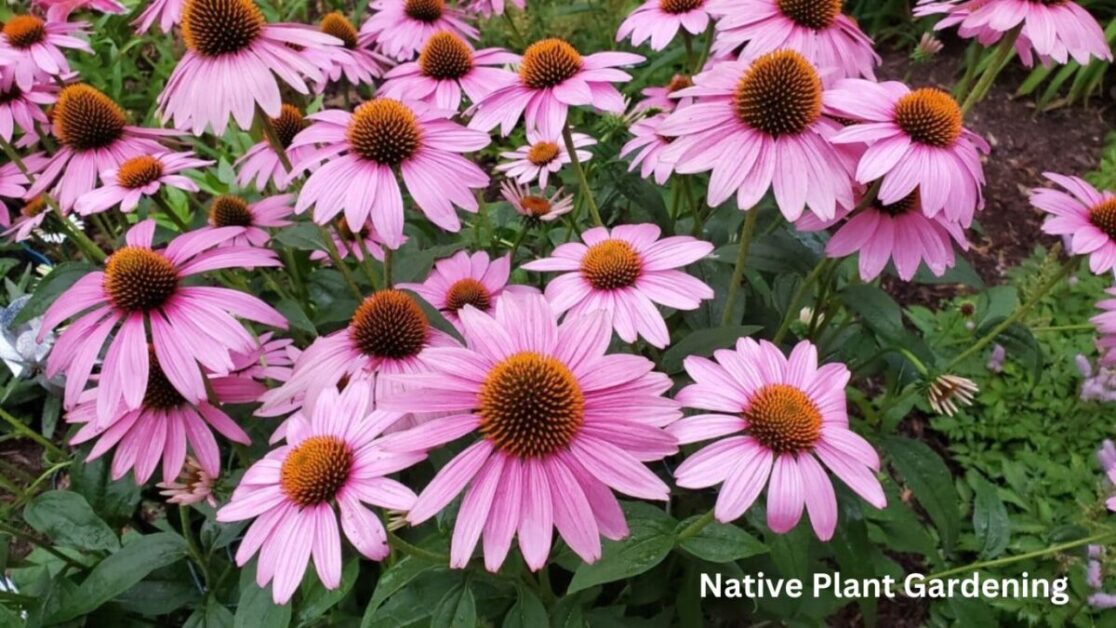
Native plants play a vital role in improving soil health due to their unique ability to form symbiotic relationships with beneficial soil microbes. These plants have co-evolved with local soil microorganisms, forming a mutually beneficial partnership where the plants provide sugars through photosynthesis, and in return, the microbes help the plants access vital nutrients such as nitrogen and phosphorus from the soil. This symbiosis enhances the overall fertility and structure of the soil, promoting healthier plant growth and reducing the need for synthetic fertilizers.
Moreover, native plants have deep root systems that aid in soil aeration and water infiltration. Their extensive root networks help to break up compacted soil, allowing for better water penetration and the movement of oxygen to the root zone. As a result, native plants contribute to improving soil structure, reducing erosion, and enhancing water retention capacity, which is crucial for maintaining overall soil health and supporting a thriving ecosystem.
The Resilience of Native flora Plants in Extreme Weather Conditions
Native plants exhibit remarkable resilience in the face of extreme weather conditions, showcasing their adaptability to various environmental challenges. From scorching heat waves to torrential downpours, these plants have evolved over time to withstand the harshest of climates. Research conducted by the National Wildlife Federation found that native plants have built-in mechanisms that allow them to thrive in extreme weather, such as deep root systems that help them access water during droughts and specialized structures that prevent water loss in high temperatures.
In a study published in the Journal of Applied Ecology, it was discovered that native plant species are more likely to persist in areas prone to extreme weather events compared to non-native counterparts. This resilience not only benefits the plants themselves but also plays a crucial role in maintaining ecosystem stability. By withstanding extreme conditions, native plants contribute to the overall resilience of local habitats, supporting biodiversity and ensuring the survival of other species dependent on these plants for food and shelter.
Native flora Plants Help to Reduce the Need for Pesticides and Chemicals
Using native flora plants in your garden can significantly reduce the need for harmful pesticides and chemicals. Native flora plants have evolved over time to thrive in their specific environments, making them naturally more resistant to pests and diseases. This resilience means that they require less intervention, leading to a reduction in the use of chemical treatments that can have negative effects on the environment and human health.
By promoting a healthy ecosystem and attracting beneficial insects, native flora plants can help maintain a balanced and self-regulating environment in your garden. This natural biodiversity provides a built-in defense system against pest infestations, further decreasing the reliance on synthetic pesticides. Embracing native plants not only contributes to a more sustainable gardening practice but also fosters a harmonious relationship with the surrounding environment.
The Beauty of Native flora Plants in Your Landscape
Native flora plants not only bring a touch of natural beauty to your landscape but also offer a unique charm that enhances the overall aesthetics of your garden. These plants have evolved over time to thrive in specific regions, showcasing a diverse array of colors, textures, and shapes that add depth and character to any outdoor space. Imagine the vibrant hues of blooming wildflowers, the graceful sway of indigenous grasses in the breeze, and the intricate patterns of native foliage creating a living tapestry in your backyard.
Incorporating native flora plants into your landscape design not only provides visual appeal but also fosters a deeper connection with the natural environment around you. By introducing these plants into your garden, you are not just enhancing its beauty but also promoting ecological sustainability and supporting local wildlife populations. The intricate interplay of native flora and fauna creates a harmonious ecosystem that can inspire awe and admiration, making your outdoor space a haven for both biodiversity and beauty.
How Native Plants Can Help to Preserve Endangered Species
Preserving endangered species is a crucial task that requires a multi-faceted approach. One way in which plants play a vital role in this effort is by providing essential habitat and food sources for endangered species. Many endangered animals have co-evolved with specific plant species, relying on them for shelter and sustenance. By incorporating plants into our landscapes, we can help create sanctuaries for these at-risk creatures, giving them a better chance at survival.
Furthermore, native plants can contribute to the preservation of endangered species by restoring and enhancing ecosystems that have been degraded or fragmented. These plants offer stability to ecosystems by supporting a diverse range of flora and fauna, which are essential for the overall health and resilience of the environment. By promoting the growth of native plants, we can recreate natural habitats that are integral to the survival of endangered species, aiding in their conservation efforts.
The Cost-Effectiveness of Using Native Plants in Your Garden
Native plants can offer a cost-effective solution for gardeners looking to create sustainable and thriving landscapes. By choosing native species that are well-adapted to the local environment, gardeners can reduce the need for expensive fertilizers, pesticides, and irrigation systems. Native plants have evolved over time to thrive in their specific climate and soil conditions, making them more resilient and low-maintenance compared to exotic species that may require more resources to flourish.
In addition to saving money on maintenance and inputs, native plants can also contribute to long-term cost savings by attracting beneficial insects for natural pest control and reducing the need for chemical interventions. Their deep root systems help improve soil health and promote better water retention, reducing erosion and the need for costly soil amendments. Incorporating native plants into your garden not only benefits the ecosystem but also your wallet in the long run.
Native Plants Can Help to Mitigate Climate Change
When considering the impact of native plants on climate change mitigation, it is crucial to understand their unique abilities to sequester carbon dioxide from the atmosphere. Native plants have evolved over time to efficiently capture and store carbon through photosynthesis, thus playing a significant role in reducing greenhouse gas emissions. By incorporating native plant species into our landscapes and gardens, we can enhance carbon sequestration efforts and contribute to offsetting the effects of climate change.
Additionally, native plants possess the advantage of requiring fewer resources and maintenance compared to non-native species. This inherent resilience makes them well-suited for sustainable landscaping practices that aim to reduce water consumption, chemical inputs, and overall environmental impact. By favoring native plant varieties in our gardens and green spaces, we not only support biodiversity and restore ecosystem balance but also actively participate in combating climate change through eco-friendly gardening choices.
The Cultural Significance of Native Plants in Your Region
Native plants hold a deep cultural significance in various regions around the world, serving as a connection to the land, history, and traditions of local communities. These plants often feature prominently in folklore, ceremonies, and traditional practices, symbolizing resilience, sustainability, and harmony with nature. The use of native plants in landscaping and gardening not only helps to preserve biodiversity but also fosters a sense of pride and identity among individuals and communities who value their cultural heritage.
By incorporating native plants into gardens and green spaces, individuals can contribute to the conservation of botanical heritage and support the preservation of cultural knowledge passed down through generations. The cultivation and propagation of native species not only enhance the visual appeal of landscapes but also promote a deeper understanding and appreciation of the intertwined relationship between people and plants within a specific cultural context. Embracing native flora in gardening initiatives can serve as a powerful way to honor the traditions and values that have shaped local identities and landscapes over time.
Using Native Plants Can Help to Create a Sense of Place
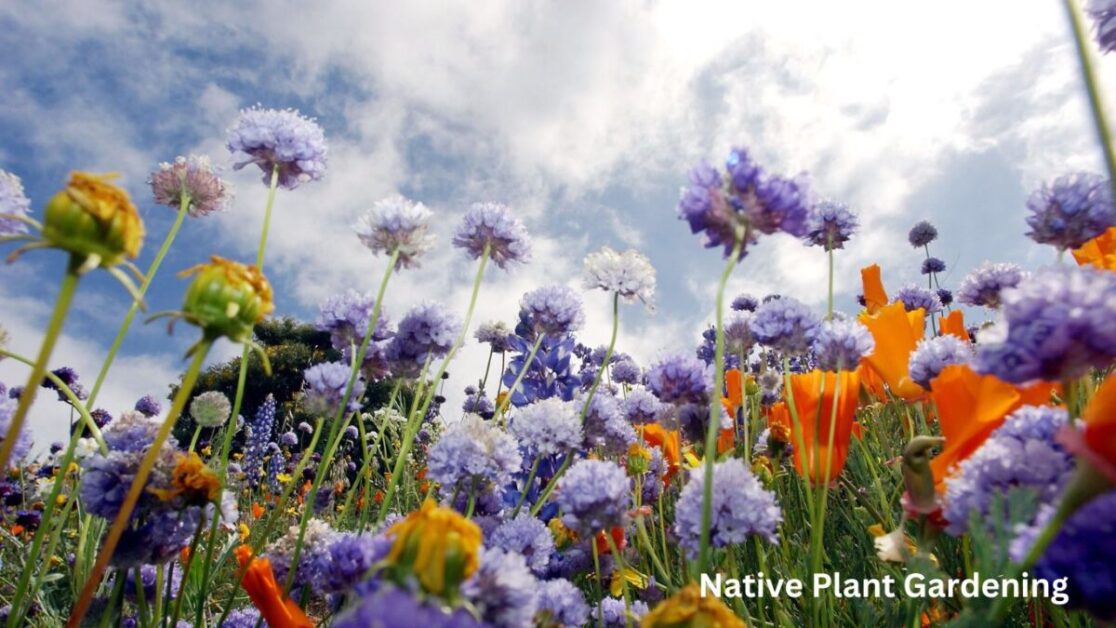
Native plants have the remarkable ability to cultivate a unique sense of place within a landscape, serving as a bridge between nature and human settlement. When you incorporate indigenous flora into your garden or local environment, you are not just adding greenery; you are embedding a piece of your community’s identity. The presence of these native plants can evoke a deep connection to the land, fostering a sense of belonging and pride in one’s surroundings. Imagine walking through a garden filled with the vibrant colors and scents of plants that have thrived in that very soil for generations, each leaf and petal telling a story of resilience and adaptation to the local ecosystem.
Moreover, by embracing native plants in your gardening practices, you actively contribute to the preservation of cultural heritage and tradition. These plants often hold significant historical value for indigenous communities, symbolizing the intricate relationship between humans and the natural world. Through the propagation and nurturing of native species, you partake in a conservation effort that transcends mere aesthetics, honoring the deep-rooted connection between people and the land they inhabit. As you tend to these plants, you are not only enhancing your immediate surroundings but also safeguarding a legacy of biodiversity and ecological richness for future generations to cherish and steward.
here’s a table outlining 15 reasons to embrace native plant gardening:
| No. | Reason | Explanation |
|---|---|---|
| 1 | Biodiversity Conservation | Native plants support local ecosystems, providing habitat and food sources for native insects, birds, and other wildlife. |
| 2 | Water Conservation | Native plants are adapted to local rainfall patterns and soil types, requiring less water once established compared to non-native species. |
| 3 | Reduced Maintenance | Native plants typically require less maintenance, such as watering, fertilizing, and pruning, because they are well-suited to local conditions. |
| 4 | Pest Resistance | Native plants have evolved natural defenses against local pests and diseases, reducing the need for chemical pesticides. |
| 5 | Soil Health | Native plants improve soil health by preventing erosion, enhancing nutrient cycling, and promoting beneficial soil microorganisms. |
| 6 | Pollinator Support | Native plants attract and support pollinators such as bees, butterflies, and hummingbirds, aiding in the pollination of crops and wildflowers. |
| 7 | Cultural Connection | Gardening with native plants connects us to our region’s natural heritage and indigenous cultures, fostering a sense of place and belonging. |
| 8 | Climate Resilience | Native plants are better adapted to local climate conditions, making them more resilient to extreme weather events and climate change impacts. |
| 9 | Reduced Invasive Species Spread | Planting native species helps prevent the spread of invasive plants that can outcompete and displace local flora and fauna. |
| 10 | Cost Savings | Native plants often require less input in terms of water, fertilizer, and pest control, leading to long-term cost savings for gardeners. |
| 11 | Seasonal Interest | Native plants provide seasonal interest with their blooms, foliage colors, and seed heads, adding beauty and diversity to the landscape. |
| 12 | Wildlife Viewing Opportunities | Native gardens attract a variety of wildlife, offering opportunities for observation and enjoyment of birds, butterflies, and other creatures. |
| 13 | Erosion Control | Deep-rooted native plants help stabilize soil and prevent erosion, particularly on slopes and in areas prone to flooding. |
| 14 | Educational Value | Gardening with native plants provides opportunities for learning about local ecosystems, plant adaptations, and environmental stewardship. |
| 15 | Community Building | Native plant gardening can bring communities together through shared conservation efforts, garden tours, and educational events. |
Embracing native plant gardening offers numerous benefits for the environment, wildlife, and communities, making it a rewarding and sustainable landscaping choice.
The Joy of Connecting with Nature Through Native Plant Gardening
Native plant gardening goes beyond creating a visually appealing landscape; it provides a profound opportunity to connect with nature on a deeper level. As you immerse yourself in the world of native plants, you become part of a rich tapestry of biodiversity that supports countless species, from insects to birds to mammals. The act of tending to these plants, watching them grow, and observing the wildlife they attract can bring a sense of fulfillment and wonder that is unmatched.
Moreover, cultivating a garden with native plants allows you to develop a symbiotic relationship with the environment around you. By choosing plants that have evolved to thrive in your local climate and soil conditions, you are working in harmony with nature rather than against it. This harmonious approach to gardening not only enhances the health of your ecosystem but can also foster a sense of peace and tranquility as you witness the interconnectedness of all living things in your own backyard.
Can native plant gardening help to attract pollinators to my garden?
Yes, native plants are often more attractive to native pollinators such as bees, butterflies, and birds, helping to support the ecosystem in your garden.
How can native plants help to reduce water usage in gardening?
Native plants are adapted to the local climate and soil conditions, requiring less water once established compared to non-native plants, which can help to conserve water resources.
Are there any specific native plants that are known for their medicinal properties?
Yes, some native plants have traditional medicinal uses and can be beneficial for natural remedies, such as yarrow, echinacea, and elderberry.
Can incorporating native plants in my garden help to create a natural barrier against pests?
Yes, native plants can attract beneficial insects that feed on pest insects, helping to naturally control pest populations in your garden.
How can native plant gardening contribute to the overall health and well-being of the community?
By supporting biodiversity, providing habitat for wildlife, and improving air and water quality, native plant gardening can enhance the overall health and well-being of the community.


